
Schizoaffective disorder is psychiatric diagnosis used to describe a mental disorder characterized by recurring episodes of hyper or depressed mood, or simultaneously hyper and depressed mood, accompanied by distortions in perception. Essentially, schizoaffective disorder features of two different conditions: schizophrenia and an affective disorder, either major depression or bipolar disorder.
Schizophrenia is a mental condition that usually manifests as auditory hallucinations, paranoid or bizarre delusions, or disorganized speech and thinking. Depression is an illness that characterized by feelings of unhappiness, insignificance or despair, problems with concentration and memory. Bipolar disorder is characterized by recurrent mood swings, including severe highs (mania) and lows (depression).
Combining these distinctive features, schizoaffective disorder represents a severe and lifetime illness that affects all areas of patient’s living. For most of the patients this illness comes in episodes causing periodic relapses.
Symptoms of schizoaffective disorder
Symptoms of schizoaffective disorder usually vary from one affected person to another. Most commonly, patients have various psychotic symptoms as well as mood disturbances like depressed and manic mood. Psychotic symptoms reflect the person's incapability differ what is real from what is imagined, and they normally manifest as hallucinations, delusions and disorganized thinking.
Signs and symptoms of schizoaffective disorder usually include: odd or unusual thoughts or perceptions, paranoid thinking, delusions, hearing and visual hallucinations, unclear thoughts, depression, manic mood, sudden increase of energy, irritability, aggression, poor temper control, suicidal thinking, incoherent speech, lack of response, lack of attention and memory, lack of concern about hygiene and physical appearance, lack of appetite, tiredness and low energy levels, and various sleep disturbances.
Diagnosis of schizoaffective disorder
Patients with schizoaffective disorder usually combine features of two separate mental illnesses. Because of this, their true diagnosis is often confused for another. One portion of patients may be misdiagnosed as having schizophrenia, and others may be misdiagnosed with a mood disorder. However, this disease is less common than the others and it is estimated that about one in every 200 people, or somewhere around 0.5 percent, develops schizoaffective disorder at some time during his or her life. Psychiatrists and psychologists use specially designed interview and assessment tools to evaluate a person for a psychotic disorder.
Treatment of schizoaffective disorder
There is no known cure for schizoaffective disorder but there are many successful treatments that can help to control symptoms of the disease. Most commonly, the treatment involves use of antipsychotic medication combined with mood stabilizer medication or antidepressant medication, or both. Psychotherapy, vocational and social/psychiatric rehabilitation are also effective in treatment. Family or group therapy is also effective, since they provide the opportunity for people with schizoaffective disorder to discuss their real-life problems with others. In most severe cases, involuntary hospitalization may be necessary.


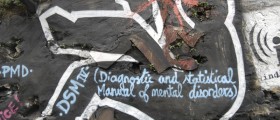
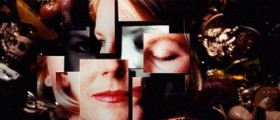


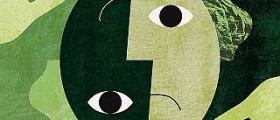
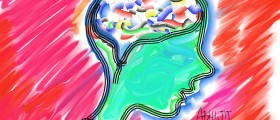
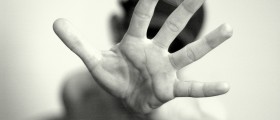

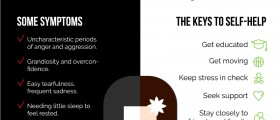
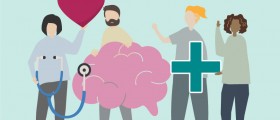

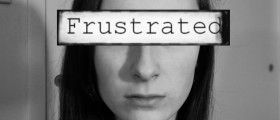
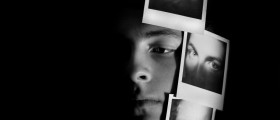
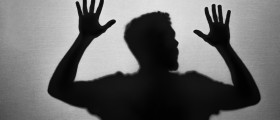

Your thoughts on this
Loading...